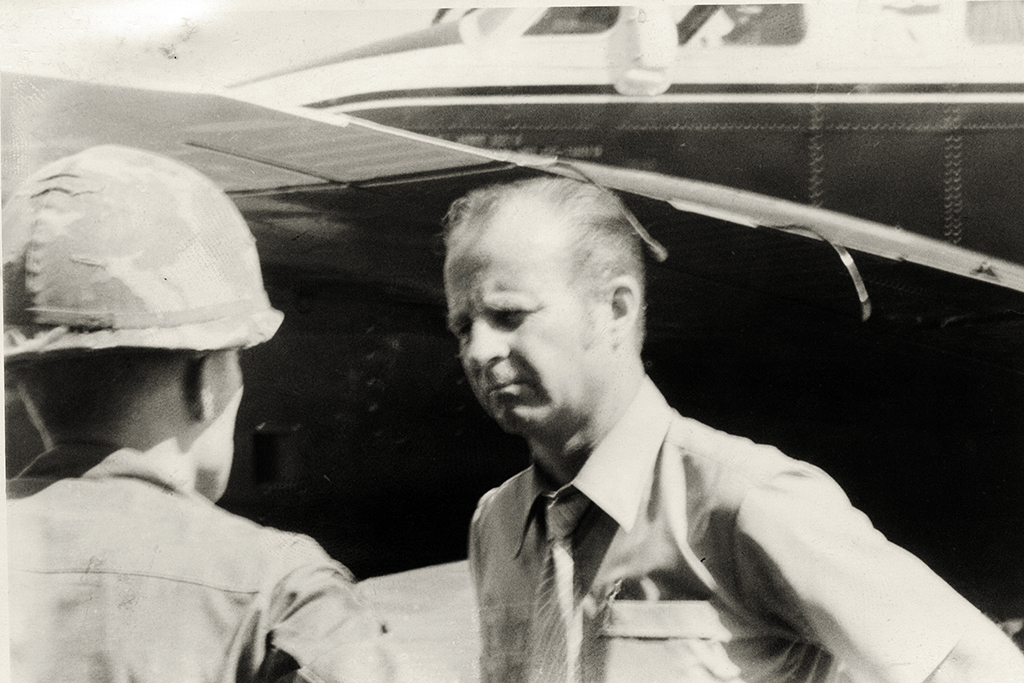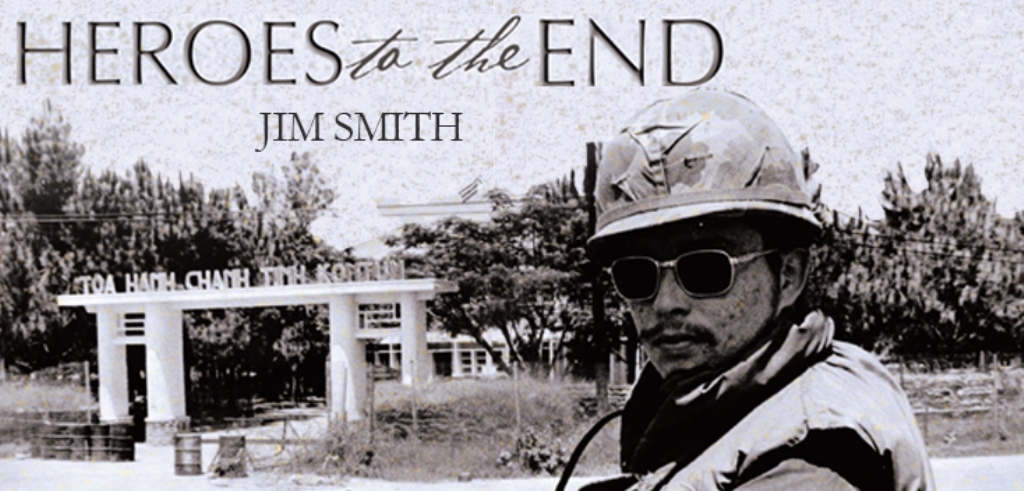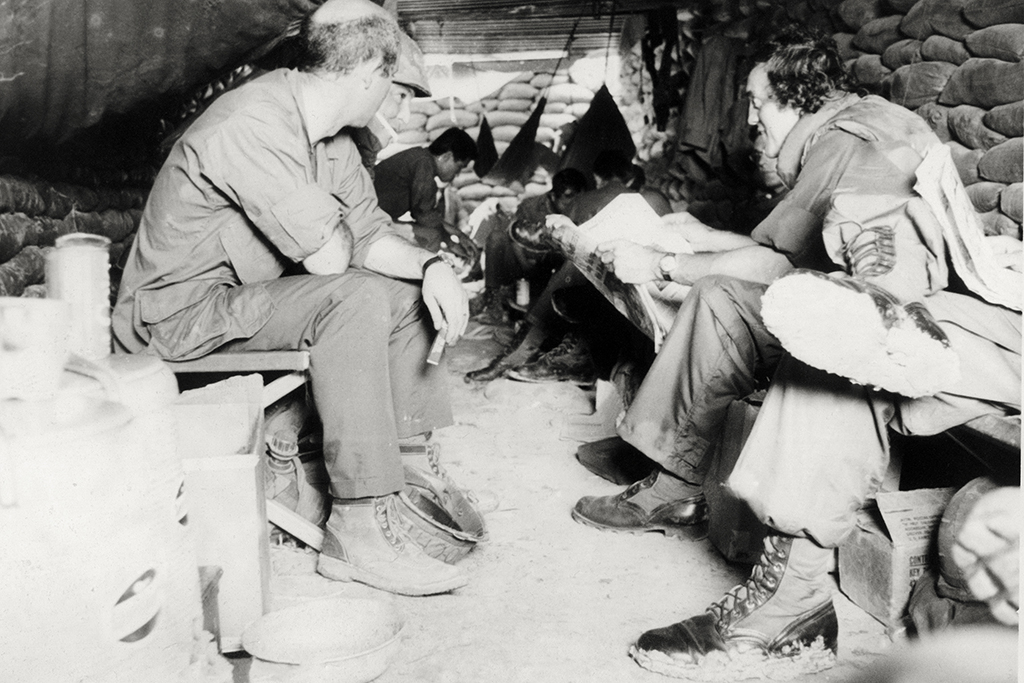 John Paul Vann, July 2, 1924 - June 9, 1972. Photo by Jim Smith John Paul Vann, July 2, 1924 - June 9, 1972. Photo by Jim Smith Jim Smith and I used to goof around in the Newsday sports department. He was going to college and covering high-school sports, just as I had started. Then he came up with No. 34 in the draft lottery and wound up in Vietnam, first as a typist, then on guard duty, then covering the war for Stars and Stripes. When he came back, he was different. They all were, the ones who came back. Years later, in 1991, my wife and I were in Vietnam through her volunteer child-care mission, and I came back with new friends and mostly good memories. I saw Jim at a game, and offered to show him photos. He shuddered. Didn’t want to go there. Now Smith is 67 and retired, and has written a touching and valuable book, “Heroes to the End: An Army Correspondent’s Last Days in Vietnam,” published by iUniverse, also available on e-book. The words come back. Tu Do Street. Hootch. Charlie. Tunnels. ARVN. Words from history. Words people live with. Jim is very clear about the journalism he produced, under orders to write only positive stories. But he has fleshed out the details with memories and notes he stashed and letters he sent home. He makes it clear that he was no hero. He had only four months up close to the fighting, in 1972, when casualties had been downsized, and he only began inching closer to combat near the end, so he would know what it was like. He came under fire twice, never fired a shot. Most Vietnam books go for the big picture – how LBJ and McNamara and Westmoreland and so many others ignored and misrepresented and lied. Smith’s book concentrates on the people who did the dirty work; some thought they should go harder, others thought it was all a waste. Smith fluctuated from dove to hawk. He kept his hair fairly short, so officers would give him stories. He concentrates on the mundane, the down time, the bitching, the carousing, but the old horrors creep in, nevertheless. Mostly he saw the humanity – some young Americans who discovered they were quite good at firing a machine gun from the door of a helicopter or seeking out Vietcong in the brush. They were warriors. Others were not. Smith was a reporter, glad to get back to base, to Saigon, to his apartment and civilian clothing and the girlfriend he almost brought home with him. The closest thing to a big picture comes from meetings with Lt. Col. John Paul Vann, who questioned the war and later was the hero of Neil Sheehan’s Pulitzer-Prize winning book, “A Bright Shining Lie.” “I had more respect for Mr. Vann – for that is what I always called him – than for anybody else I met in Vietnam.” After Vann died in a helicopter crash, Smith held back from punching a captain who said Vann had been a showoff. Smith displays admirable journalistic curiosity about the South Vietnamese, Montagnards and South Koreans he observed in combat. Then he came home to cover local news and we resumed goofing around during a fractious school-board feud in Great Neck. (How petty it must have seemed to a reporter back from war.) He married a colleague from Newsday, Lynn Brand, and they have a son, Peter. In retirement, Jim Smith is on the board of United Veterans Beacon House and is donating the profits from his book to veterans’ causes. He served. As he reminds us of that war, I would say he is inching closer to hero status all the time.
Leo S. Ullman
1/29/2016 11:04:07 am
Wonderfully well-written write-up by George Vecsey. Anxious to read the book. I especially appreciate the favorable comments on J.P. Vann's book, " A Bright and Shining Lie", which is one of the best, if not the best. books I have ever read.
George Vecsey
1/29/2016 11:12:33 am
Leo Ullman is an author himself – 796 Days, a gripping and thoughtful memory of the time he was hidden in the Netherlands during the Holocaust. He and his wife Kay have also visited Vietnam in better times. Thanks, Leo 1/29/2016 06:25:35 pm
George- you have done it again by adding two more books to my never decreasing to-read list. They will be a welcome complement to the many that I have read about the Vietnam Wars and the events that preceded it. 8/20/2016 02:48:54 am
upgrade your resources base, building, troops, artillery and many more in no time with the unlimited diamond's and gems with the help of latest and astounding resources generator for boom beach Comments are closed.
|
Categories
All
|











